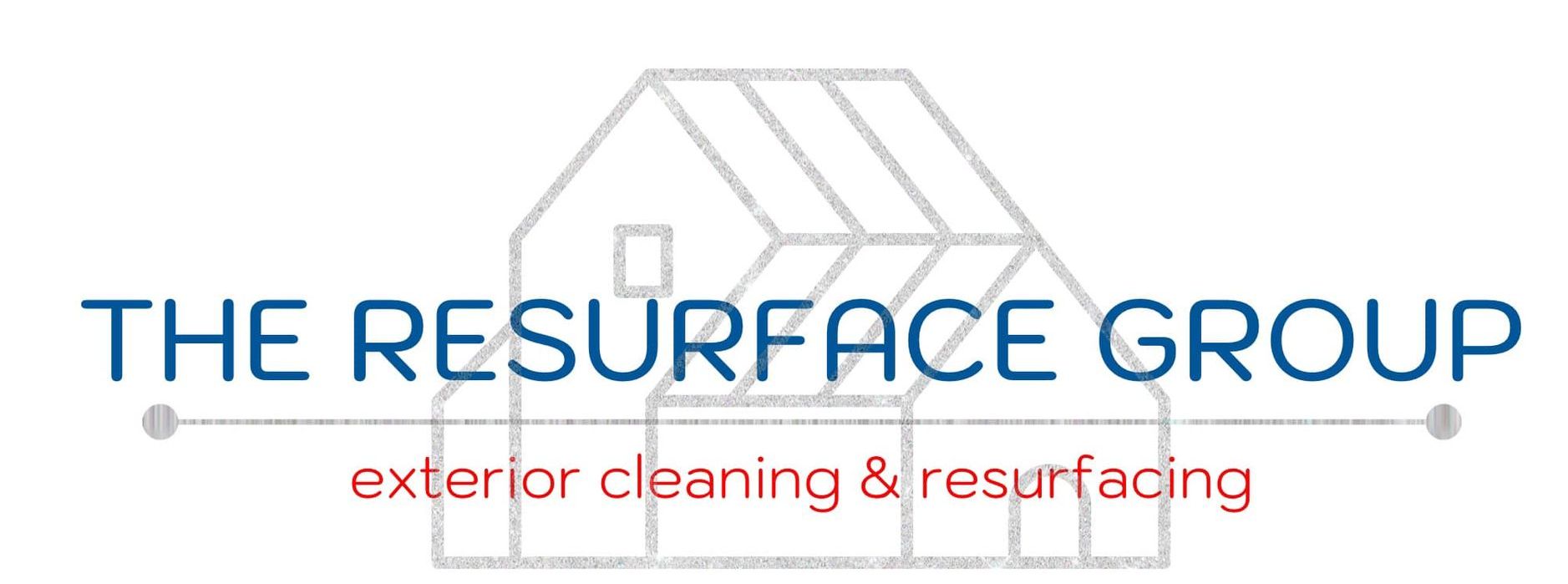General Questions
Hi there! Have some questions about our company? Find the answers below.
-
Can any concrete surface be resurfaced?
Yes, most concrete surfaces can be resurfaced. This includes driveways, patios, sidewalks, pool decks, garage floors, and more.
However, the condition of the existing concrete will be assessed to determine if it is suitable for resurfacing.
If you've ever seen a gray epoxy floor in a garage, you know how good they look. And there are mant different colored epoxies to choose from.
-
How long does the concrete resurfacing process take?
The duration of the process depends on various factors such as the size of the project, the condition of the existing concrete, and the complexity of the desired finish.
Typically, concrete resurfacing projects can be completed within a few days to a week.
Ever seen a red epoxy floor or a garage floor epoxy red? Of not, you'd be amazed at ho good they look!
-
How durable is the resurfaced concrete?
The durability of resurfaced concrete depends on several factors, including the quality of materials used, proper surface preparation, and regular maintenance.
When professionally done using high-quality products, resurfaced concrete can last for many years, providing a durable and attractive surface.
As garage experts, even if you want a solid blue garage floor epoxy, we've got you covered.
-
Will the resurfaced concrete match the existing concrete?
Yes, efforts are made to ensure that the resurfaced concrete matches the existing concrete as closely as possible. Various finishes and color options are available to achieve a seamless blend with the surrounding area, even with glitter flooring or a black and white epoxy floor.
-
Can cracks in the existing concrete be repaired through restoration?
Yes, cracks can be repaired during the concrete resurfacing process. The cracks are properly filled and repaired before the overlay material is applied, ensuring a smooth and even surface.
-
What are the best places for epoxy flooring?
There is no right or wrong place to add epoxy flooring, but some of the most common include:
Garages
Restaurant kitchens
Airports
Gymnasiums or sports facilities
Storage facilities
Warehouses
There are also more decorative epoxy floor coatings that are popular in:
Locker rooms
Laundromats or other businesses
Showrooms
Medical facilities and clinics
Kitchens
Office buildings
-
Can I add a new epoxy coating on top of an existing coating?
Yes, but first we will need to remove the existing coating. We will shot blast or concrete grind your floor to remove the current polish or epoxy. Then we will repair, prep, and clean your concrete before installing your new flooring. We never install new floor coating without removing the existing layers first as the best way to ensure a strong bond is to strip, assess, repair, and prep the concrete first.
Wondering what colored epoxies are available? Give us a call and we can discuss tyour options.
-
Which type of epoxy coating is right for me?
To determine which type of epoxy flooring is right for you, you must consider factors such as your budget, timeframe, expected lifecycle, durability, performance features, and design aesthetic.
All our concrete floor coatings are low maintenance and easy to clean. We will work with you to help you choose the right option for your home or commercial space. View some of our finished projects here!
Sealed concrete—concrete is naturally beautiful, but it’s porous. By applying a simple epoxy base coat and urethane topcoat you can eliminate moisture seepage while maintaining the raw, rustic, and unrefined concrete finish you prefer. We will have to prep and grind first before we seal your concrete.
Polyaspartic flooring—epoxy is not UV resistant and yellows over time, so we never use epoxy outdoors. For outdoor flooring or UV resistant indoor flooring, we use polyaspartic coating, which is similar to polyurethane. Polyaspartics require fewer layers so they cure faster, and they are high gloss by nature. We can reduce the sheen if it’s not your style by applying an additional product. As a coating that doesn’t heat up in direct sunlight, this is our top choice for pool decks.
Epoxy Flake flooring—another UV resistant and quick cure option is flake flooring. It’s also scratch resistant, chemical resistant, slip resistant, and moisture resistant. Use indoors and outside for function and style. The “flake” finish has a texture similar to that of an orange peel which makes it slip resistant. Choose from an endless variety of colors and combinations.
Metallic flooring—sometimes this type of coating is also referred to as metallic pearl, pearl epoxy, or pearlescent floor coating. If you want to transform your concrete to create a cozy, unique, luxurious, or artistic space a metallic floor coating is the way to go. It’s a low VOC flooring option that increases durability and is slip and water resistant. An indoor-only option as it is not UV resistant. This 3-layer system begins with epoxy, a head-turning decorative coating in the middle, and urethane on top for a satin finish. No one will know it’s concrete!
Solid color flooring—our solid color floor coatings are timeless. We determine the precise base layers depending on your unique performance needs, finishing it off with epoxy or polyaspartic topcoat. Clients often feel like their space is larger after the new coating is applied. Benefits include fast cure and drying times, zero VOCs with an epoxy topcoat, high gloss, and slip resistance.

Get A FREEE Estimate
Have a question? We’re here to help.
Send us a message and we’ll get be in touch.
We will get back to you as soon as possible
Please try again later
All Rights Reserved | The Resurface Group LLC
